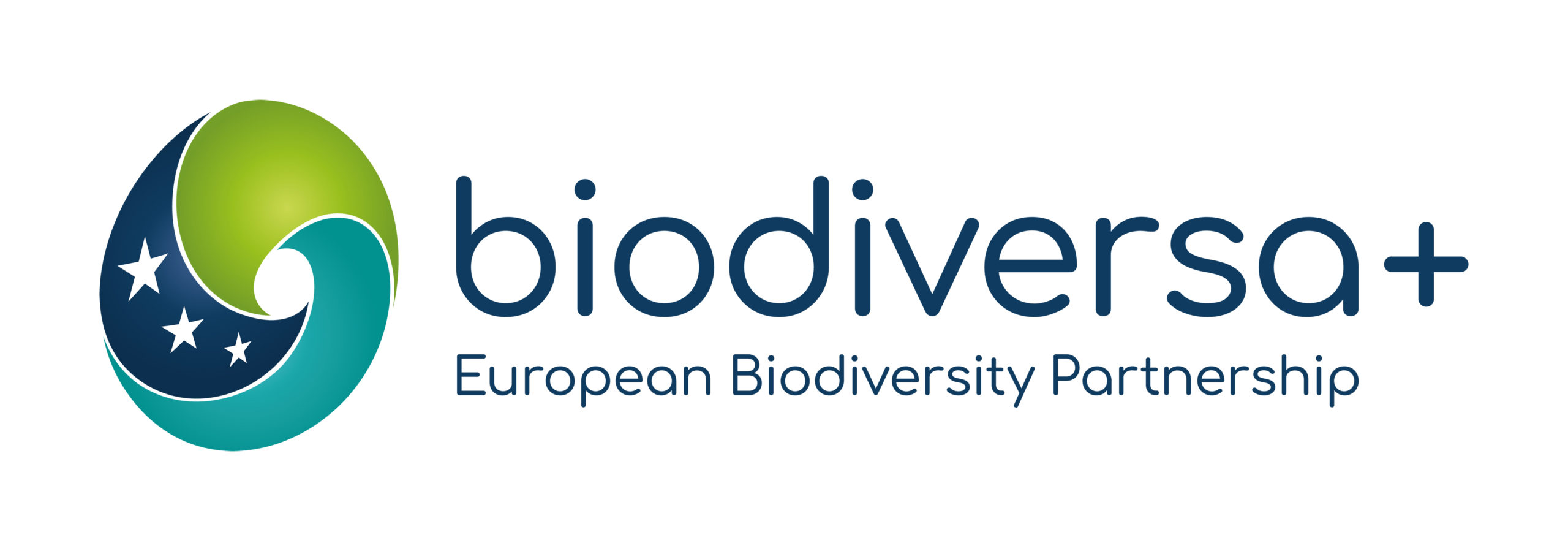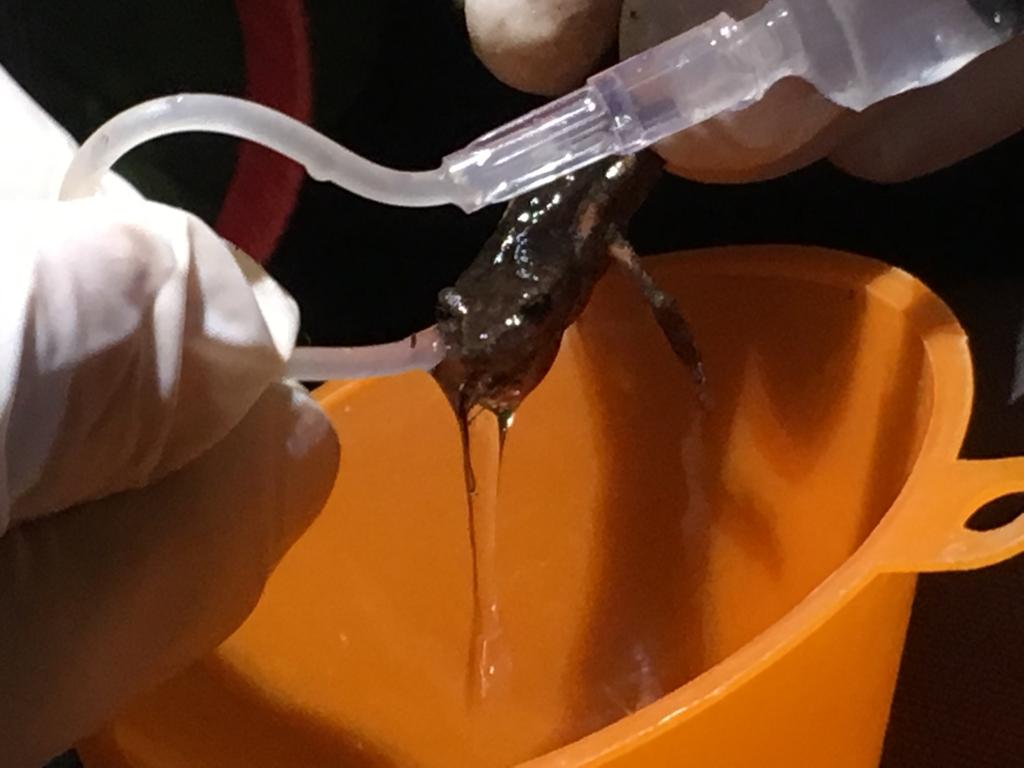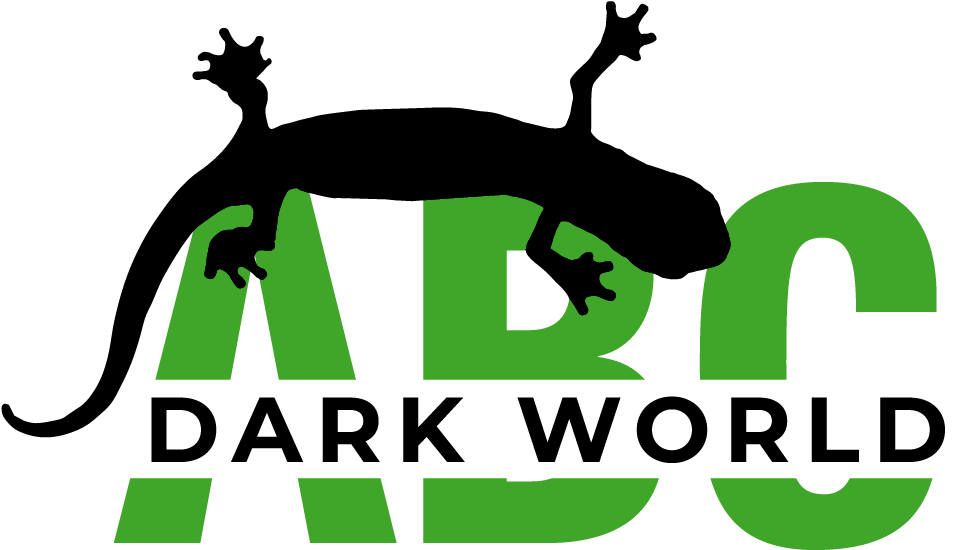Projects
Project: Metal Cave


Project title: Are facultative cave species drivers of metal contaminants into subterranean environments?
Project duration: 24 months
Funding organization: Finanziato dall’Unione europea – Next Generation EU
Description (short description):
Subterranean environments are widespread on Earth, yet we have a poor knowledge of their biota. These environments are characterized by peculiar characteristics that make them unique but also extremely sensitive to human induced effects. Nonetheless, they hold a very rich and unique biodiversity. A few studies focused on assessing the potential pollutants of different nature into subterranean environments; surprisingly those focusing on metal contaminants are quite scarce. Furthermore, the majority of those studies analysed groundwater, while cave soil has been usually neglected.
Project:
Sub-BioMon


Project title: Sub-BioMon – Developing and testing approaches to monitor subterranean biodiversity in karst
Project duration: 36 months
Funding organization: European Union – Biodiversa+, Horizon2020
Description (short description):
The Sub-BioMon project will provide standardized methods and protocols for monitoring subterranean biodiversity in European karst areas. Consistent with Theme 1, a common approach to
monitoring subterranean biodiversity in karst areas will be developed, incorporating a new paradigm which considers caves as either habitats or windows to subterranean habitats. Consistent with Theme 2, it addresses the major gap created by the lack of a standardized protocol for monitoring subterranean biodiversity in karst habitats. Although many conservation measures and management plans for subterranean biodiversity are being developed and implemented, there is no standardized methodology that would allow for an actual assessment of their positive impact. Consistent with Theme 3, the project will use data from large species distribution and existent DNA databases, as well as collect new data through monitoring protocols. Sub-BioMon provides a scientific basis for monitoring schemes that are relevant to a variety of stakeholders from authorities to the public, all of which will be involved from the beginning in the project. Subterranean habitats are, therefore, a key example where international collaboration is needed for
effective management and conservation, based on scientifically tested and developed monitoring protocols. Subterranean habitats extend through more countries, as karst massifs may be extended in two countries and karst aquifers may be fed in one country while drinking water may be used in a neighboring country. Caves are listed as a habitat type (8310 “Caves not open to the public”) in the EU Habitats Directive and must be monitored using standardized methods on the national and international levels.
Project: The Amphibians’ Trophic Niche

Project title: The Amphibians’ Trophic Niche
Project duration: NA
Funding organization: NA
Description (short description):
This project aims to study multiple aspects of the trophic niche of Italian amphibians, evaluating similarities and divergences occurring among conspecific populations, as well as among different species. This project uses Italian species as models to develop a standardized methodology that allows to collect comparable data on amphibians from all over the world.
Latest news about the projects
New data paper related to the monitoring activities performed on Speleomantes cave salamanders
This data paper collects information on multiple surface and subterranean populations of Speleomantes obtained throughout a four-year monitoring period. The high-quality pictures are supplied with additional information on individuals such as weight, presence of...
Presenting our preliminary results to the 10th World Congress of Herpetology and to the 26th International Conference on Subterranean Biology
Wonderfull moments spent in Borneo and in Sardinia! For the ICSB conference check also the dedicated section.Preliminary results: Preliminary data on the presenceof trace elementsin cave water and soil
New article on the trophic niche of sympatric salamanders
In this article we further studied the trophic niche of two sympatric salamanders: the Fire salamander Salamandra salamandra and the Italian cave salamander Speleomantes italicus. We here collected data on the autumnal diet and, besides comparing that of the two...


